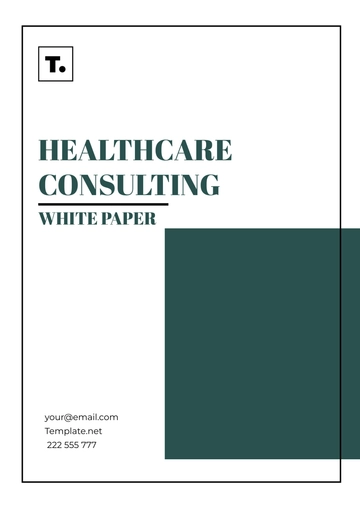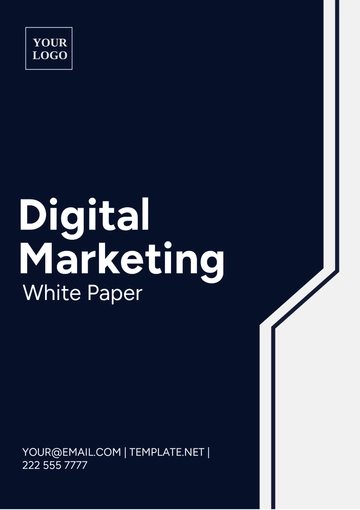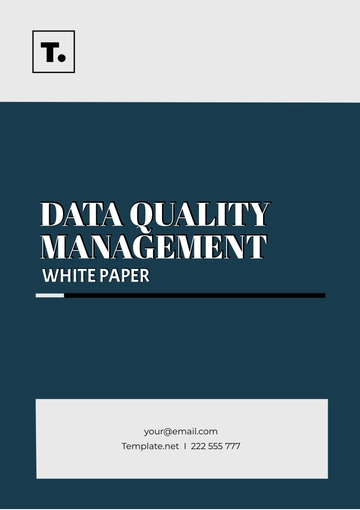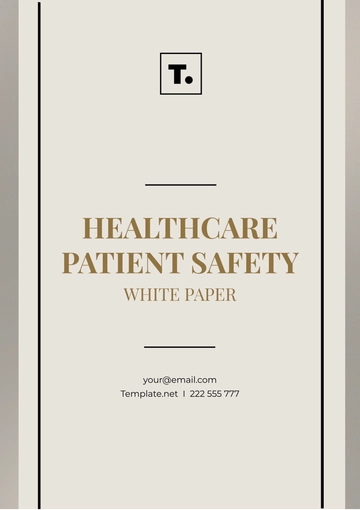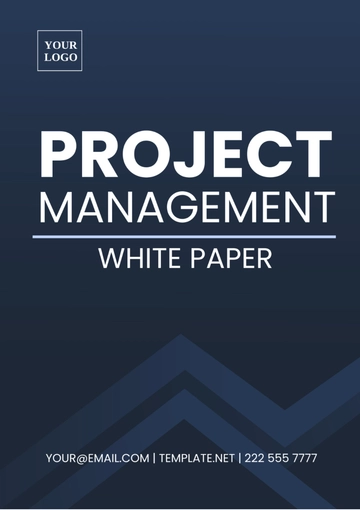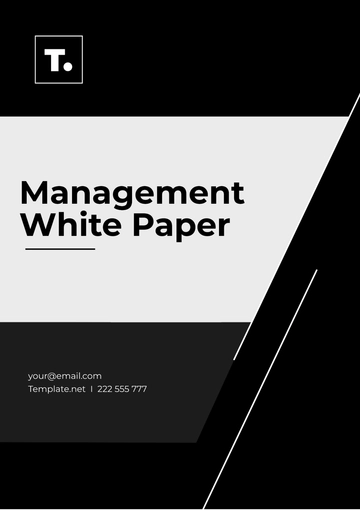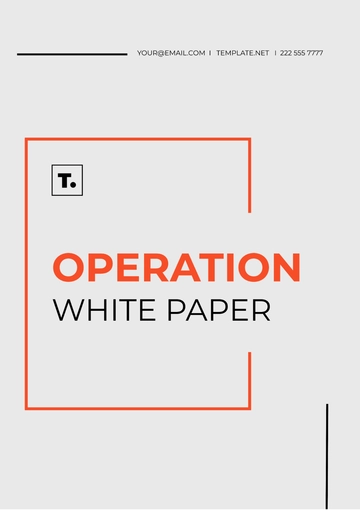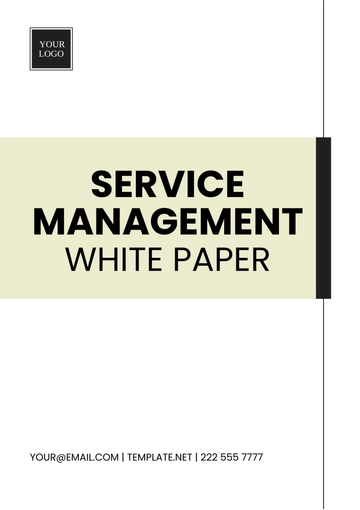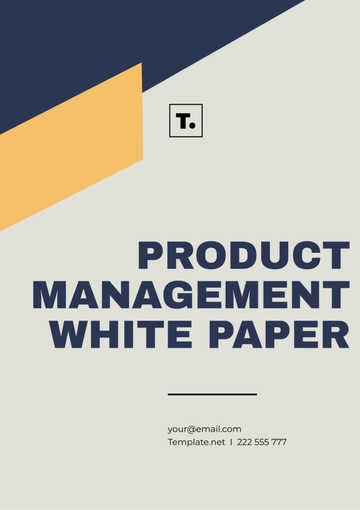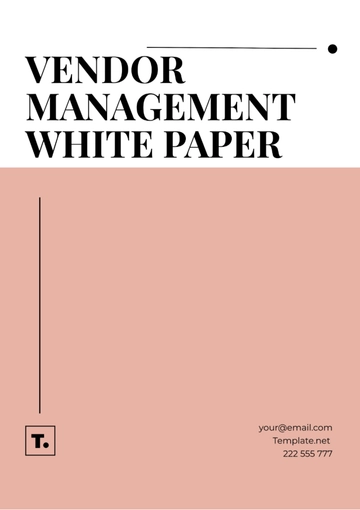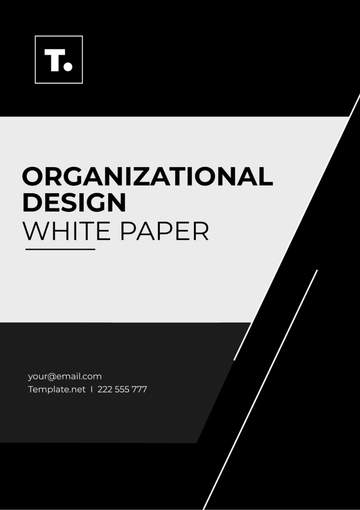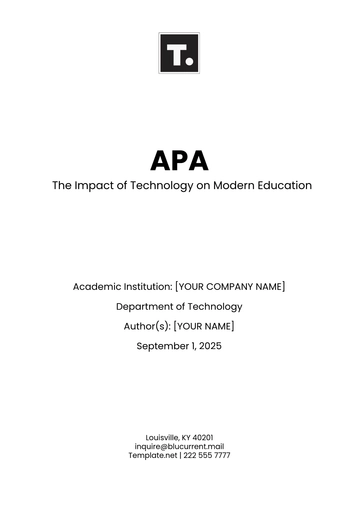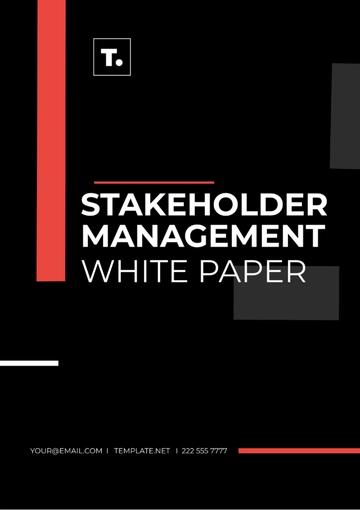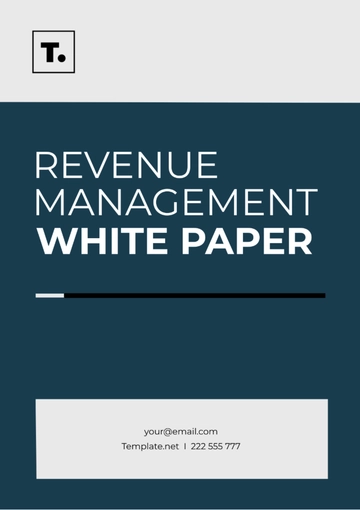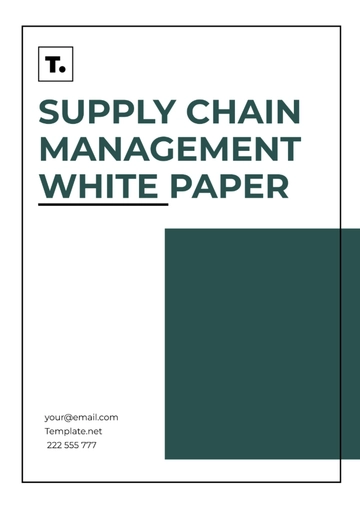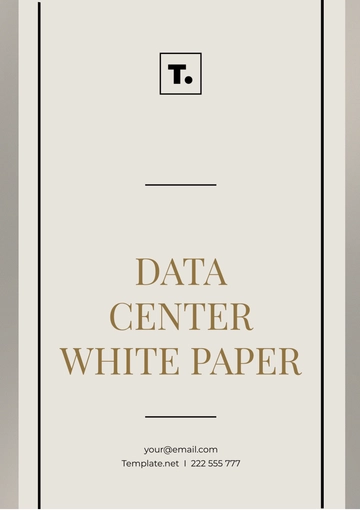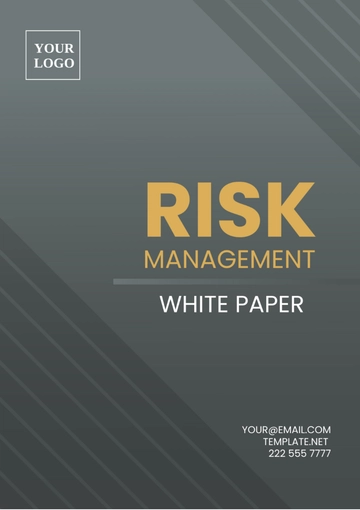Free Modern White Paper
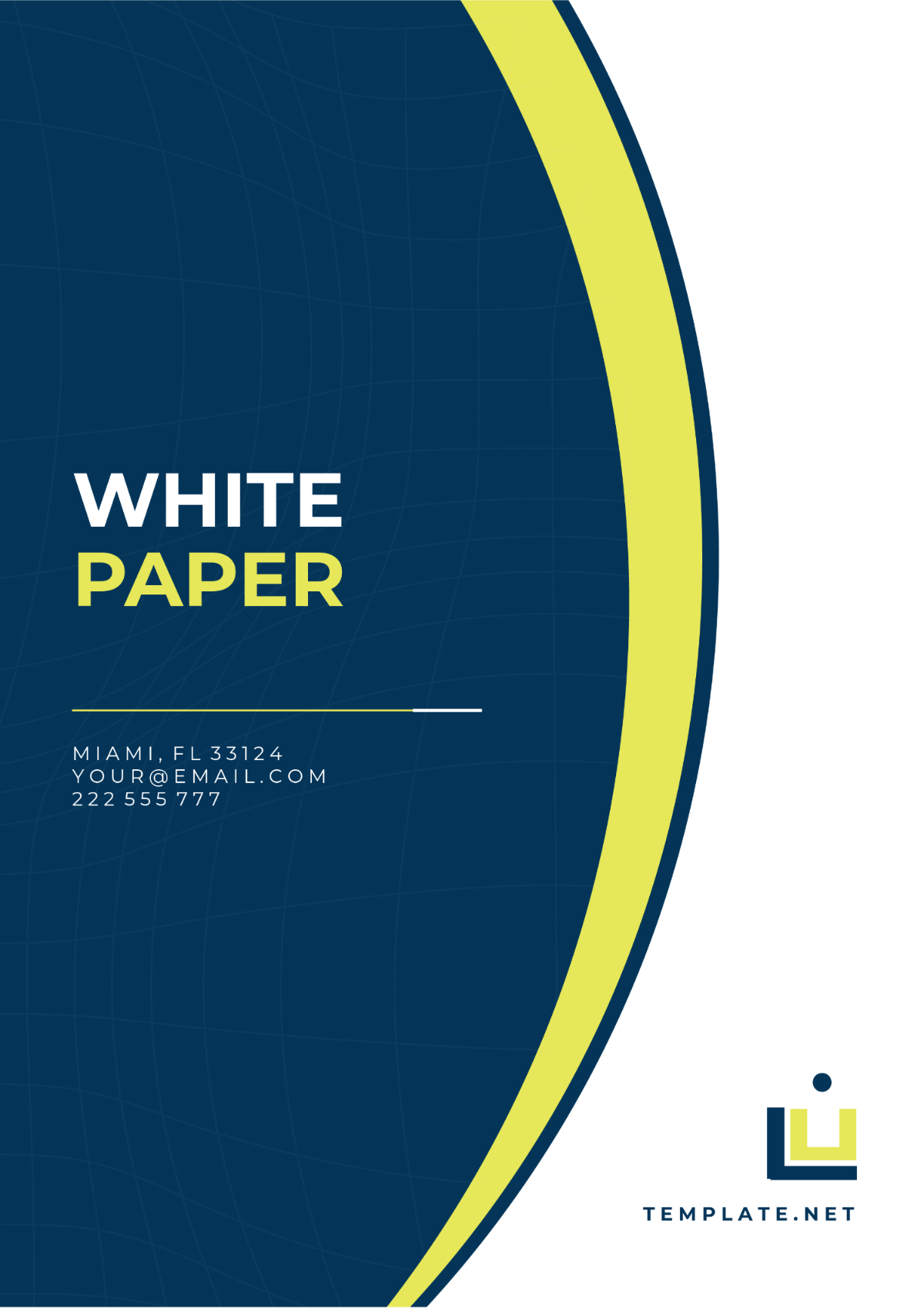
I. Executive Summary
This White Paper explores the strategic integration of modern technologies within [YOUR COMPANY NAME] to enhance operational efficiency and drive innovation. By leveraging cutting-edge solutions, [YOUR COMPANY NAME] aims to remain competitive in an ever-evolving marketplace while prioritizing long-term sustainability. Through this document, we delve into the transformative potential of emerging technologies and outline a roadmap for their implementation.
II. Introduction

In the digital revolution, [YOUR COMPANY NAME] recognizes the imperative of embracing modern technologies to thrive in today's competitive landscape. This introduction sets the stage for a comprehensive exploration of how [YOUR COMPANY NAME] can harness the power of innovation to propel its growth and adapt to the evolving needs of the market.
III. Background
Recent global events have underscored the urgency of digital transformation, emphasizing the need for agile and resilient business operations. Across industries, technological advancements such as artificial intelligence (AI), blockchain, and the Internet of Things (IoT) are reshaping traditional business models and creating new opportunities for growth and efficiency.
IV. Objectives
Identify key technological trends influencing [YOUR INDUSTRY].
Analyze the impact of these technologies on current business processes.
Develop strategic recommendations for integrating modern technologies.
Propose a phased approach to technology adoption.
Measure and evaluate the success of implemented technologies.
V. Analysis
A. Technology Landscape Overview
Explore the predominant technologies shaping [YOUR INDUSTRY] and their potential applications.
Title: "Distribution of Technology Adoption Rates"
B. Impact Assessment
Evaluate how these technologies can enhance or disrupt existing business models, with a focus on customer-centric solutions.
Title: "Projected Growth of AI, Blockchain, and IoT Solutions"
C. Opportunities for Innovation
Identify specific areas within [YOUR COMPANY NAME] where technology can drive innovation, streamline processes, and enhance customer experience.
D. Risk Management
Address potential risks associated with technology adoption, including data privacy, security vulnerabilities, and ethical considerations. Provide strategies for mitigation and compliance.
VI. Recommendations
Technology | Implementation Phase | Expected Outcome |
|---|---|---|
Artificial Intelligence | Q1 2050 - Q2 2050 | Enhance customer interaction and personalization |
Blockchain | Q3 2051 - Q4 2051 | Improve security and transparency in transactions |
Internet of Things (IoT) | Q1 2052 - Q2 2052 | Optimize operational efficiency and data collection |
VII. Conclusion
In conclusion, the strategic integration of advanced technologies offers a transformative pathway for [YOUR COMPANY NAME] to lead in a digital-first future. By following the outlined recommendations and fostering a culture of innovation and adaptation, [YOUR COMPANY NAME] can achieve enhanced efficiency, innovation, and competitive advantage in [YOUR INDUSTRY].
Prepared by: [YOUR NAME], [YOUR POSITION]
Department: [YOUR DEPARTMENT]
- 100% Customizable, free editor
- Access 1 Million+ Templates, photo’s & graphics
- Download or share as a template
- Click and replace photos, graphics, text, backgrounds
- Resize, crop, AI write & more
- Access advanced editor
Introducing the Modern White Paper Template from Template.net. Crafted for versatility, this editable and customizable template empowers you to create captivating white papers effortlessly. Seamlessly tailor content to your brand's voice and style with our Ai Editor Tool. Elevate your presentations and reports with professional finesse. Unlock your potential today.



